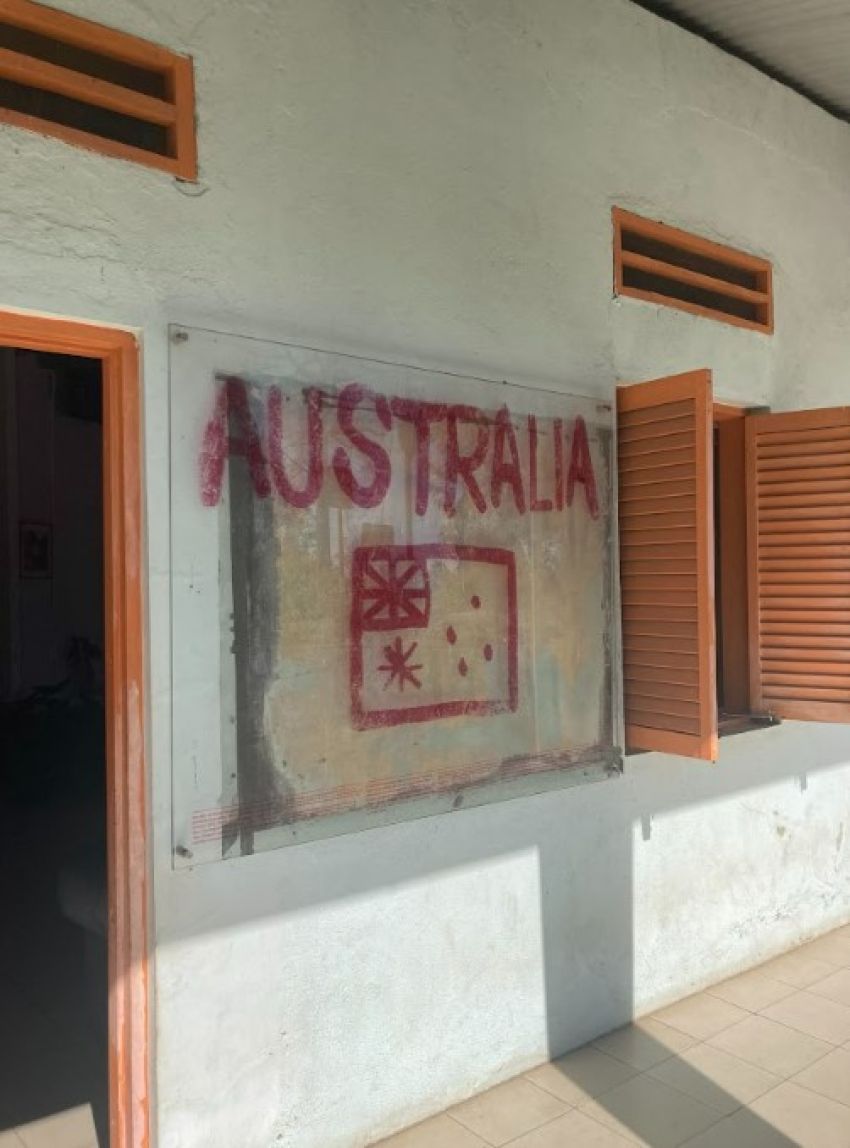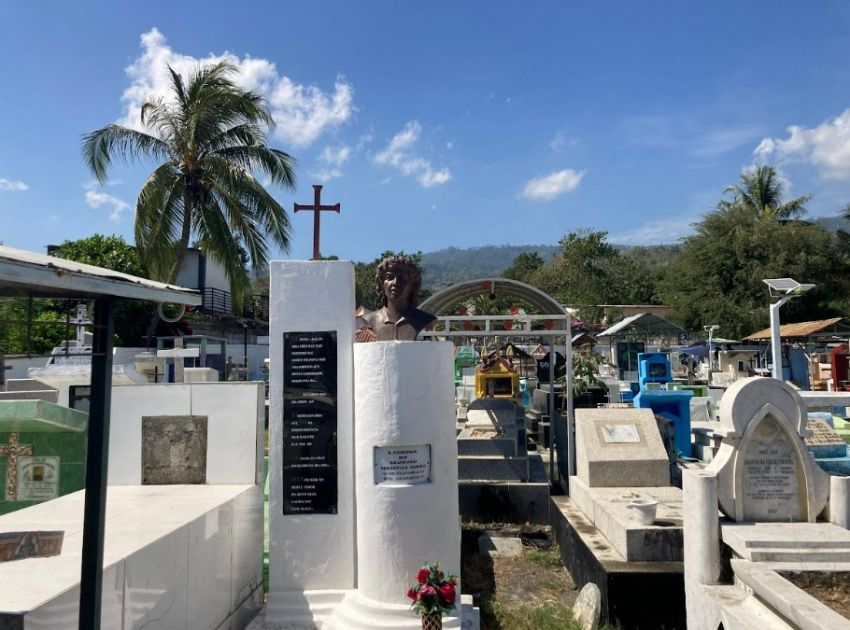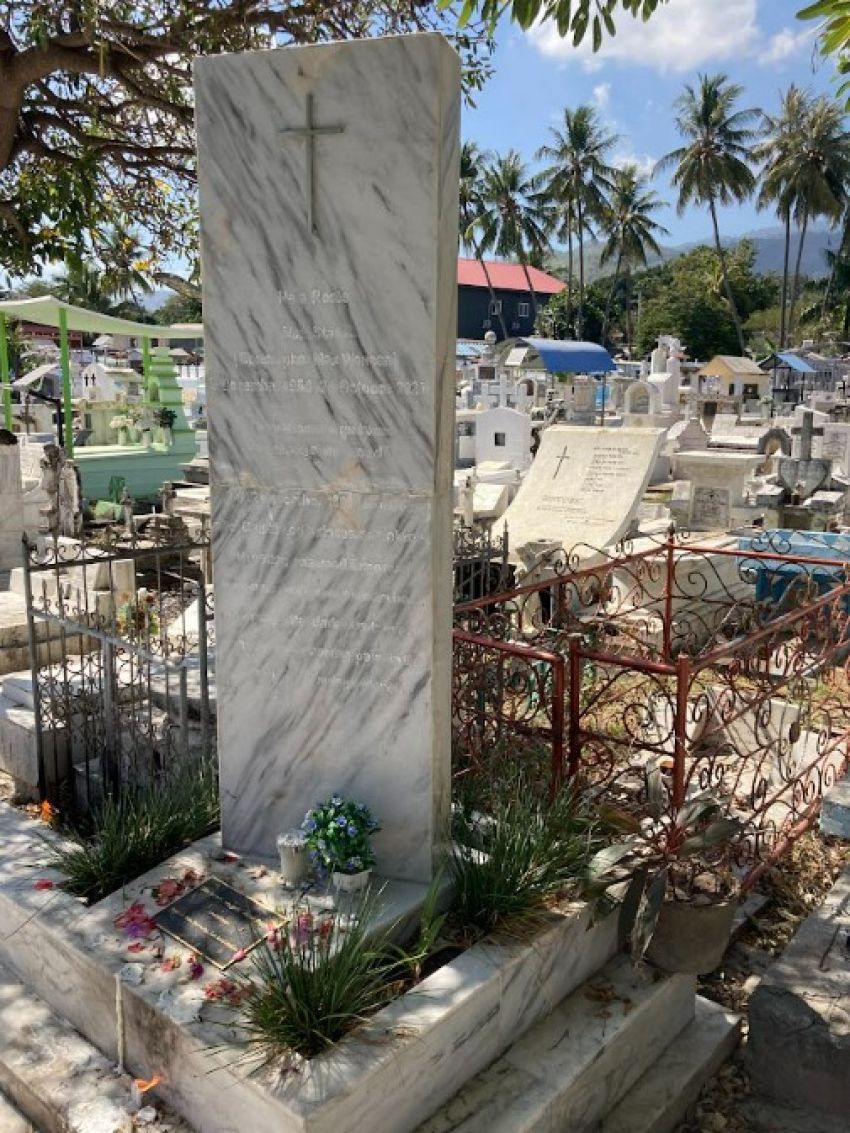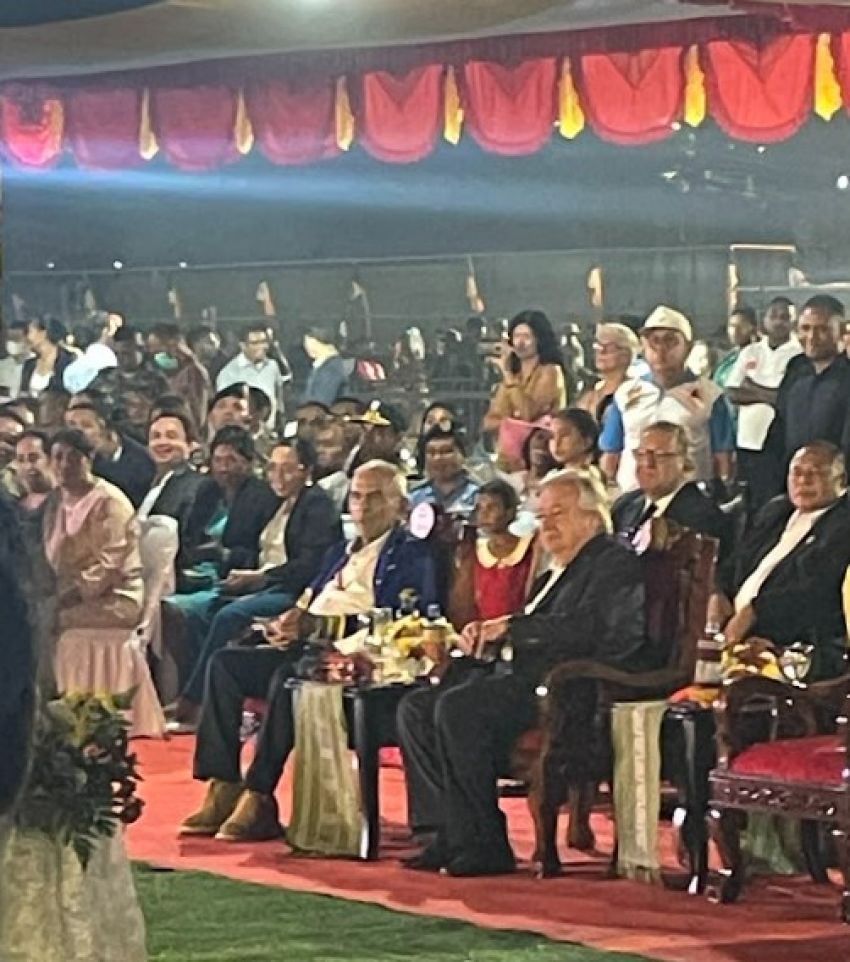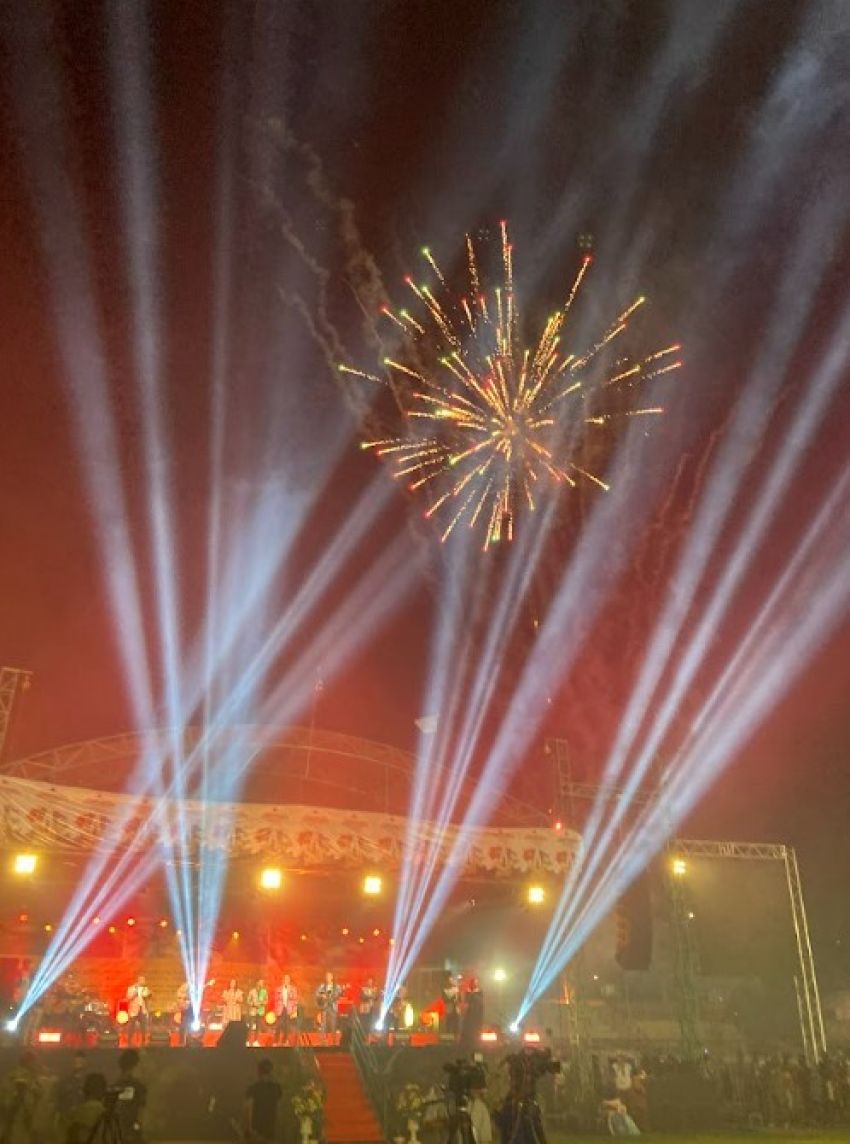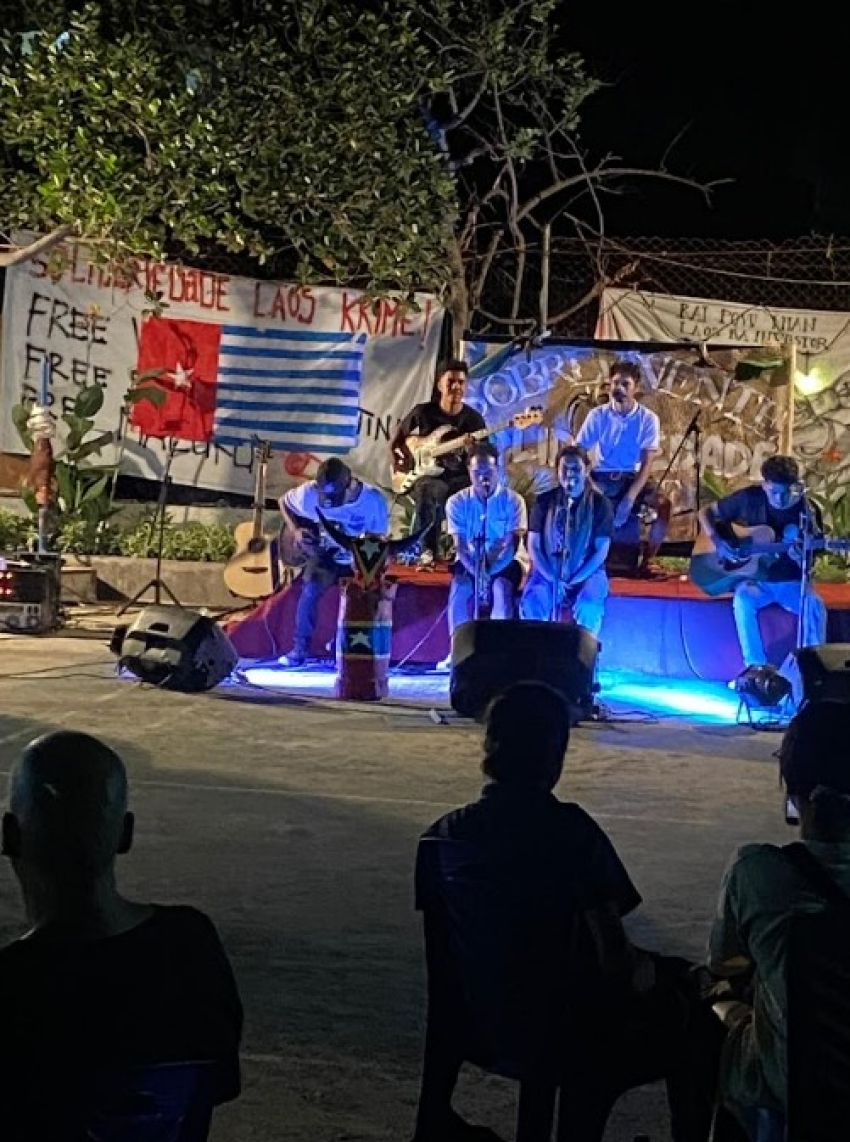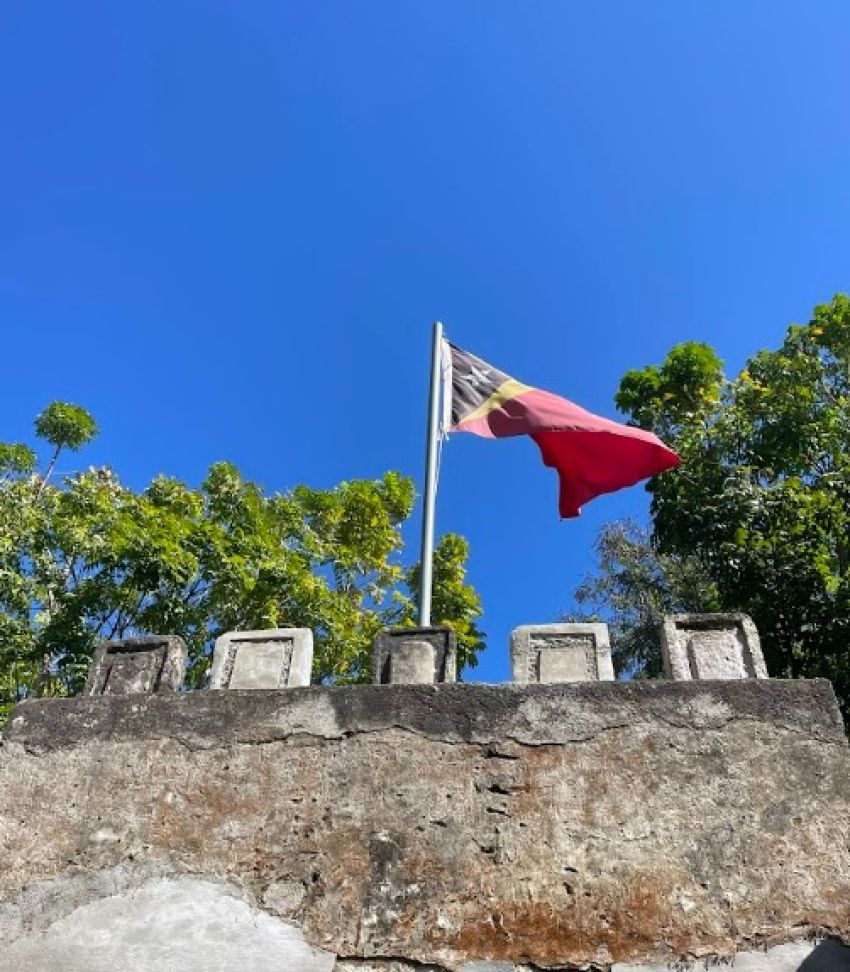
The 25th anniversary of the successful vote for independence by Timor-Leste was marked on August 30.
After initially declaring independence from Portugal in December 1975, East Timor was invaded by Indonesian forces, supported by a complicit Australia and United States.
Armed with US war planes and weapons, Indonesia killed a quarter of the population in the first four years of its 24-year occupation, characterised by massacres, widespread torture and starvation.
The Falantil resistance army, aided by an extensive clandestine network, kept the Timorese resistance pressure on the occupying forces.
The Santa Cruz Massacre of 1991, one of many slaughters unleashed by the occupying forces, was a turning point, as the images kick-started a new round of international solidarity with the Timorese’ struggle for independence.
A democratic movement inside Indonesia to oust dictator President Suharto was finally successful in 1998. The combined pressure led to President Bacharuddin Jusuf Habibie’s request to then United Nations Secretary-General Kofi Anan for a referendum on greater autonomy with Indonesia or independence.
The 78.5% result was an overwhelming vote for independence.
Indonesian forces and its local militia reacted by unleashing vengeful violence and killings, designed to provoke conflict with Falantil. Now known as Indonesia’s “scorched earth policy”, it destroyed 60-80% of public and private property.
Since independence, Timor Leste has been plagued with economic problems, not least because its rich neighbor Australia challenged its maritime boundaries and stole Timorese oil.
Forging a good relationship with Indonesia, Timor-Leste’s primary trading partner, has also been difficult.
While the both countries’ political elites are keen to gloss over the violent history, victims continue to grapple with its lasting legacies, including trauma.
The election of President Subianto Prabowo, the general in charge of Indonesia’s occupation of Timor Leste (and son-in-law of Suharto), presents new challenges for East Timor.
